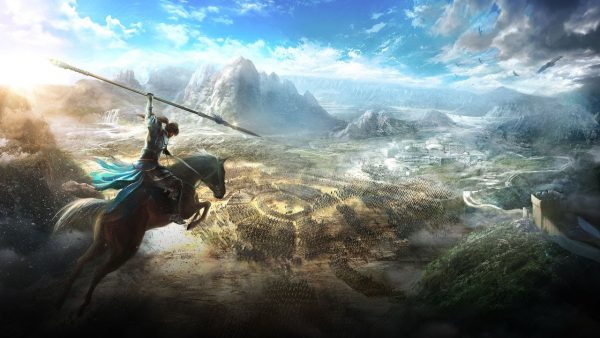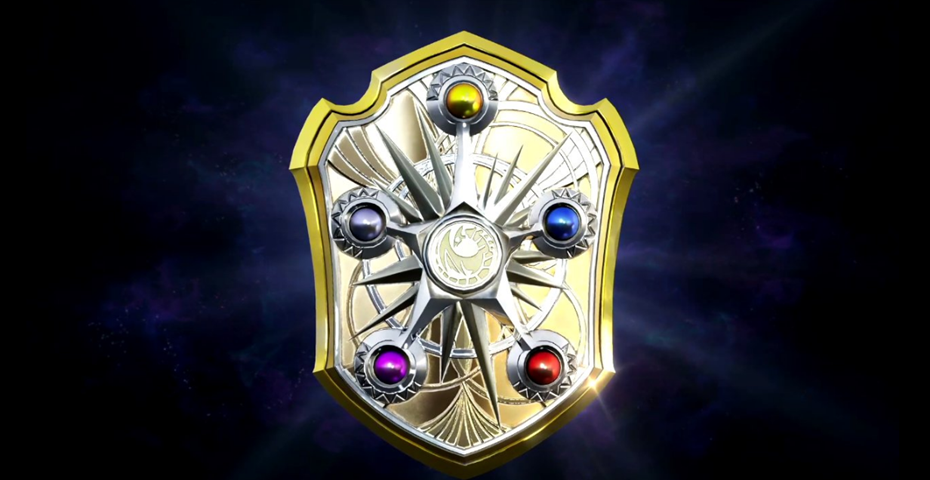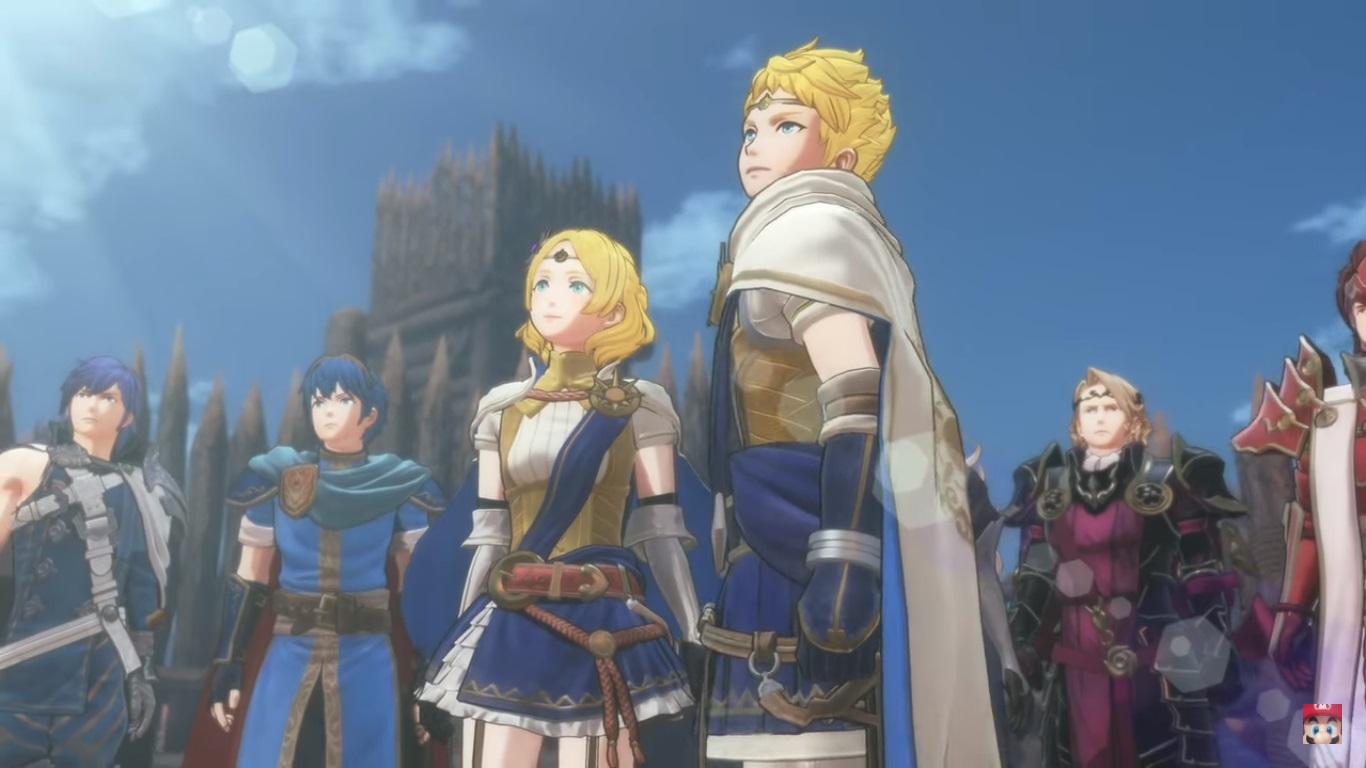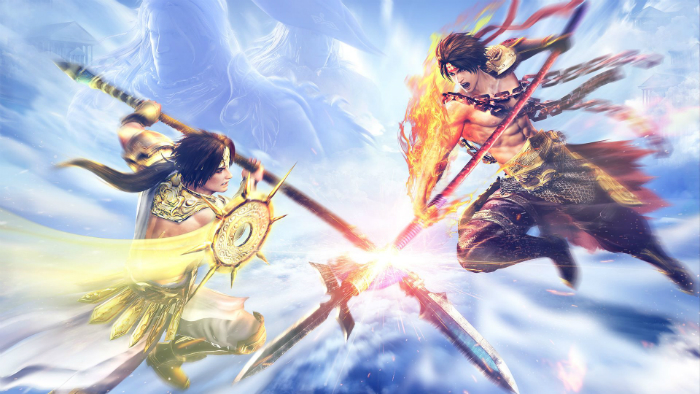
Koei Tecmo’s Warriors franchise is well and truly known by most gamers. If you haven’t dabbled in the mainline Dynasty/Samurai Warriors games then more than likely you have checked out spin-off titles such as Hyrule Warriors, Fire Emblem Warriors, One Piece: Pirate Warriors and Dynasty Warriors: Gundam. Before all these collaborations however, Koei Tecmo released Warriors Orochi, a game which combined the levels and characters of Dynasty Warriors and Samurai Warriors to form what was essentially fan service. At the time any die-hard fan would wet their pants at the sight of China’s Lu Bu and Japan’s Tadakatsu Honda facing off against each other. But now as the series has hit its fourth entry, Warriors Orochi 4, the novelty has worn thin.
During the “True” ending of Warriors Orochi 3 (and its Ultimate edition), the Warriors from both franchises were originally sent back to their respective timelines and their memories wiped of the parallel universe created by Orochi. The Greek God Zeus, however, had been watching the events unfold with great interest and brings the Warriors back to this strange world. The plot twist here is that the Warriors still have no recollection of their previous encounters, thus alliances must be reformed and the motivations of rival factions uncovered. So it’s a soft reboot of sorts for the Warriors Orochi series. The plot is largely told through dialog between character avatars, introduction sequences before battles and a few sparse cutscenes. It is straight forwarded and doesn’t break new ground, but will appeal to fans who are already familiar with characters from either franchise. Similar to Warriors Orochi 3, this entry has a single linear story that is not split between the Three Kingdoms (four including Jin) and Samurai factions.
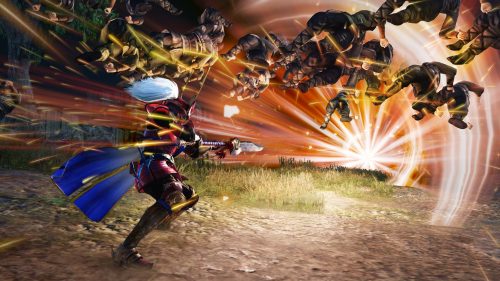
Warriors Orochi 4 uses character models and stages from Samurai Warriors 4-II and Dynasty Warriors 8: Empires. You won’t find characters introduced in the more recent Spirit of Sanada or Dynasty Warriors 9 games, though the playable roaster still boasts an impressive lineup of 170 characters who each have their own unique weapons and playstyles. Character models have received a noticeable facelift as well, looking smoother and more vibrant than previous incarnations. In contrast the stages are looking aged, bare and uninspiring.
Like most Warriors titles, the core hack-and-slash gameplay hasn’t changed for Warriors Orochi 4. You’re still primarily running around a stage attacking generic soldiers and, occasionally, slightly stronger enemy officers. You fight by stringing together combo moves of normal and charge attacks (X and Y buttons), causing your character to perform a dazzling display of aerobatics and swordsmanship. You also have the famed Muoso gauge which is used to tackle large crowds of enemies by unleashing a quick series of strikes and then one final powerful blast. There’s something appealing about slashing away at enemies and ranking in thousands of KO tallies per stage, almost as if you’re in a zen-like trance. Repetition does set in though for play sessions longer than a few hours.
One of the weaker points of combat which has never been ironed out properly is the substantial amount of character pop-in. Due to the number of enemies on screen at once the draw distance sometimes struggles to keep up with demand, meaning enemy soldiers will seemingly appear and disappear mid-fight. The game does, however, run at a consistent and smooth framerate.
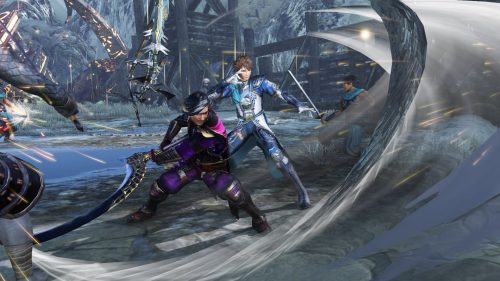
The staple “gimmick” of the Warriors Orochi series returns, that being you can switch between three characters completely on the fly. Characters fall into three subclasses; Power, Technique and Speed. Power characters excel at raw attack power but are a little slower to pull off combos. Technique characters are particularly good at juggling multiple enemies and have great crowd control. Speed characters can double jump and have quick but generally weaker attacks. You can freely select which characters are part of your trio team, allowing you to build a team based on your prefered playstyles. It also helps minimise the feeling of repetition as you’re constantly swapping out different characters and trying different combinations.
New to Warriors Orochi 4, and replacing the old “right bumper unique skill”, is the ability to unleash magical attacks using sacred treasures. Every character has a sacred treasure by default, though unlike their standard weapons these are often shared between multiple characters so the novelty does wear thin. To name some of the magical attacks; you can summon a bull which rampages across the battlefield, summon a wave to ride on and drag enemies beneath you, fire thunderbolts and freeze enemies temporarily. Characters have access to three magical attacks, each activating by pressing the right bumper button and a corresponding action button. Additionally, eight characters can assume a deification form which grants them the power of a god, offering up unique magical and physical attacks as well as a change in visual appearance. These novelties don’t particularly add much to the standard formula, and at times even feel tacked on. It does make you feel more powerful when charging through the battlefield but ultimately it just isn’t needed.
Unlike Warriors Orochi 3 which featured a crude hub world, Warriors Orochi 4 strips things back to a series of menus and streamlines the game with the introduction of certain quality of life elements. For example, players can try out their team in a small mock battle arena so they don’t have to endure longer load times and cutscenes just to see how one character performs. During the campaign players will be awarded with growth points which can be used to level up characters without having to grind your way through older levels. One minor complaint is that it can get a bit confusing navigating through the mess of menus as there are a lot of different customisation and upgrade options available players. It just could have been presented better.
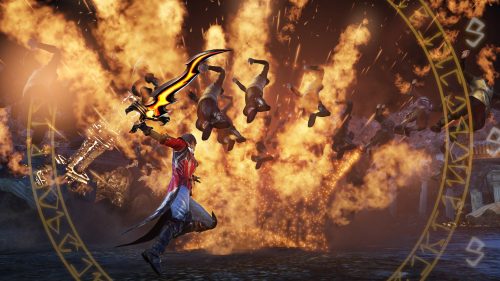
The game’s music is a mixture of tracks taken directly from Samurai Warriors 4-II and Dynasty Warriors 8: Empires, as well as remixes of themes from the series’ long history. You can expect the usual oriental Chinese instruments mixed with rock and Japanese Techno inspired tunes. The voice overs are dubbed in Japanese only which is a shame as often story development and key conversations between characters will happen during the midst of a battle. As you’re engrossed with the action that’s happening on screen you’ll likely lose track of what’s happening and what your motivations are. With the Warriors games already having a limited reach in the Western market it seems baffling that Koei Tecmo would further alienate their fans but it is likely due to budget costs and the large cast featured in the game.
If you’re a fan of either Dynasty Warriors or Samurai Warriors then you’ll enjoy Warriors Orochi 4. It features a large cast of 170 playable characters, offers some quality of life improvements such as the ability to level up characters quickly using growth points and that classic hack-and-slash gameplay is still oddly satisfying. It’s hard to recommend the title for anyone else though as a lot of references to other games will likely go over your head and the story isn’t quite as strong as the mainline series.
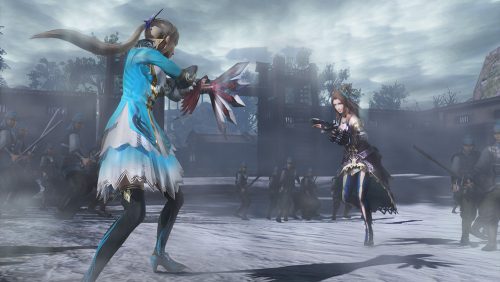
Rocket Chainsaw reviewed Warriors Orochi 4 on an Xbox One X console. It is also available on PS4, Nintendo Switch and PC (via Steam).
- 170 playable characters - Quality of life improvements - Hack-and-slash gameplay is oddly satisfying in shorter play sessions
- Japanese dub only - Mostly fan service - Character pop-in/draw distance issues - New magic attacks and deification forms are a novelty

